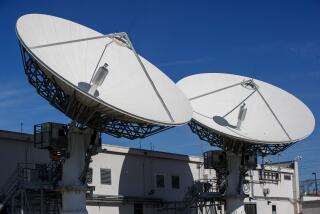Nearly 3 million subscribers ditched DirecTV last year. Will AT&T do the same?
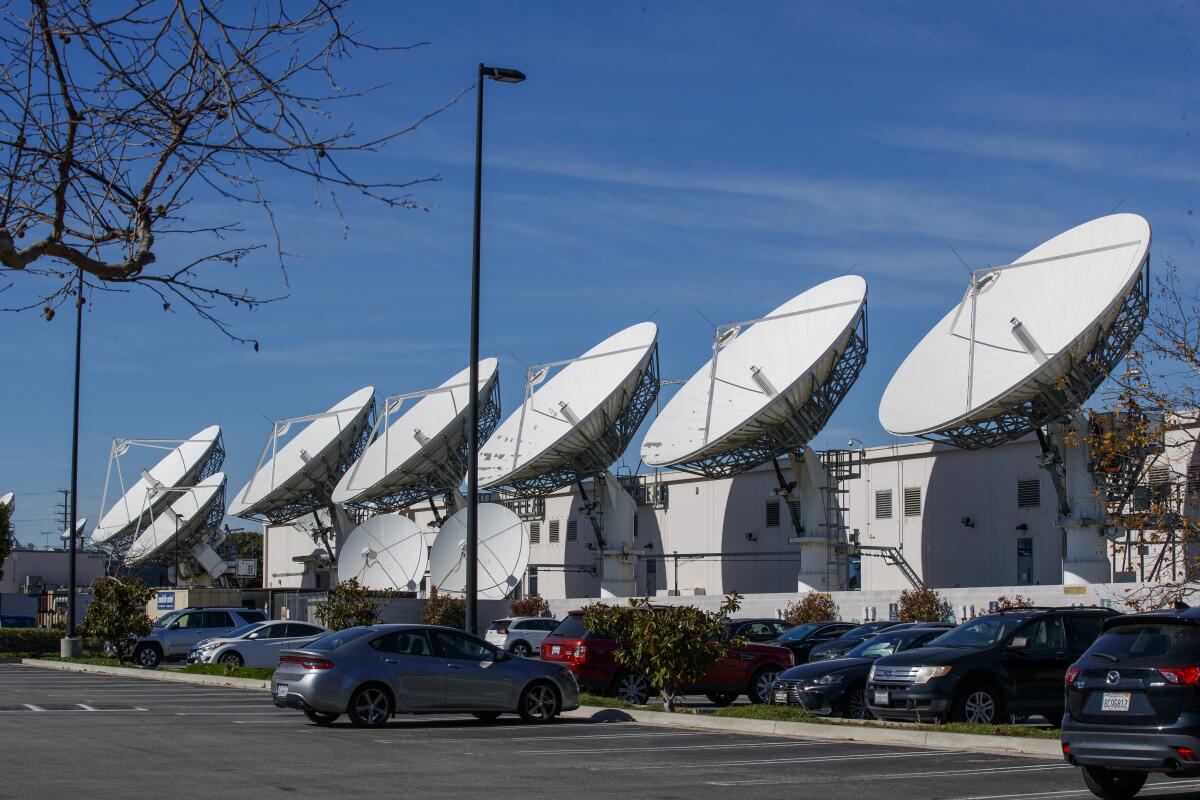
Last summer, a 14,000-pound satellite named T-16 was shot into space.
With little fanfare, it joined the orbiting fleet that transmits TV signals to millions of DirecTV customers. But the June launch from French Guiana marked a milestone: AT&T, which owns DirecTV, said T-16 was the last satellite it planned to send 22,000 miles above the Earth to support the pioneering pay-TV service.
“We’re kind of done,” AT&T Chairman and Chief Executive Randall Stephenson said in late 2018 of the satellite program.
Five years after AT&T spent $49 billion to buy DirecTV, the future is cloudy for satellite TV. Rapid changes in consumer behavior, along with rising competition and management missteps, have led to staggering customer defections: AT&T on Wednesday reported that its pay-TV business last year hemorrhaged 4.1 million subscribers, including an estimated 2.9 million at its biggest brand, DirecTV. In 2018, the satellite TV service lost 1.2 million customers.
The exodus comes at a crucial time for the Dallas phone giant, which has been under mounting pressure to improve its performance and pivot to a digital future. Operating income for the company’s entertainment group — which includes its high-speed internet service and pay-TV brands DirecTV, U-Verse and AT&T TV Now — dropped nearly 10% to $746 million in the fourth quarter compared with a year ago.
Last fall, an activist shareholder lambasted the acquisition of El Segundo-based DirecTV, saying the deal produced “damaging results.” In 2018, just three years after AT&T acquired DirectTV, it spent $85 billion to buy Time Warner Inc., which includes HBO, CNN, TBS and the Warner Bros. film and TV studio, increasing its bet on entertainment alongside its core mobile communications business.
But as it races to keep up with Netflix and Disney, AT&T increasingly has treated the satellite business as something of a relic, akin to rabbit-ear antennas.
“They are at a crossroads,” said Steve Nason, a senior analyst at the Dallas-area research firm Parks Associates. “Consumption habits have changed dramatically since DirecTV was founded.... The moves they are taking suggest that they are putting up a ‘going out of business’ sign” at DirecTV.
It has been a dizzying fall for one of America’s premier brands.
Since AT&T took over, hundreds of workers have been cut. Software applications and other functions have been outsourced to IBM and Accenture. The company has been eager to sell smaller assets, including its regional sports networks, and has even considered abandoning its exclusive arrangement with the NFL for the popular NFL Sunday Ticket, according to knowledgeable people who requested anonymity because they’re not authorized to comment publicly. The NFL package — a signature DirecTV offering for 25 years — has become a money loser for AT&T, given the high cost of sports rights.
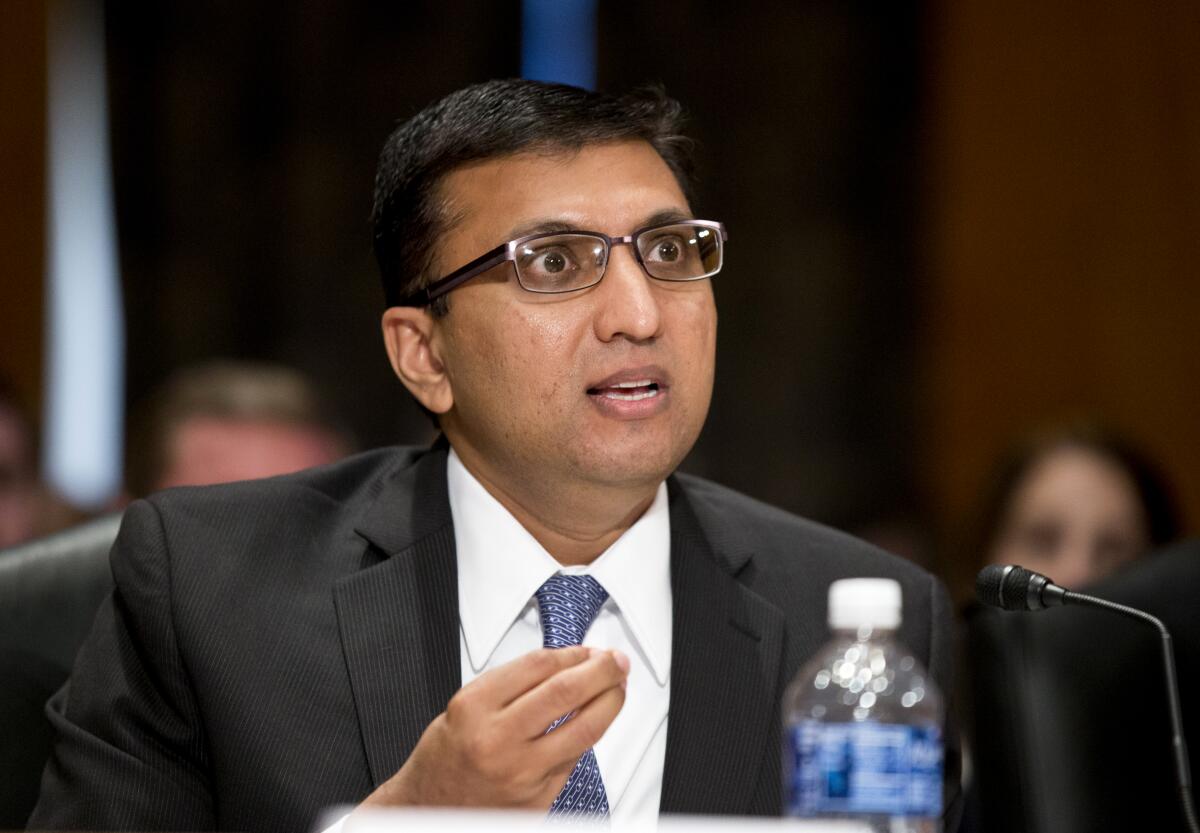
Meanwhile, AT&T has slashed funds that had been devoted to recruiting new DirecTV subscribers and used that money instead to develop new platforms, according to analysts. AT&T plans to launch two new streaming services, AT&T TV and HBO Max, in the coming months.
HBO Max is a $14.99-a-month video-on-demand service, stocked with original shows and such WarnerMedia hits as “Friends.” AT&T TV is an internet-based bundle of live TV channels that enables viewers to customize their experience with the help of Google Assistant.
Change is hard for people.
— Rasesh Patel, AT&T’s general manager of broadband and video
Last fall, in a bid to improve results, AT&T entrusted its broadband and video business to satellite TV veteran Rasesh Patel, one of the few high-level holdovers from DirecTV. He became DirecTV’s third leader since the takeover. John Stankey, now AT&T’s chief operating officer, ran the business for two years after the acquisition.
Patel dismissed the suggestion that DirecTV is dying, and noted that NFL Sunday Ticket remains “a valuable relationship.”
“DirecTV is very important to our company,” Patel said in an interview this week. “We provide an essential service to millions of consumer households, and it’s important that we provide a high-quality service.”
But he acknowledged AT&T also must serve younger viewers who prefer to stream TV.
“We need to evolve as technology and consumer consumption habits evolve,” he said.
DirecTV was an invention of Hughes Aircraft Co., which was founded by eccentric aviator Howard Hughes in 1932. After the Cold War, the company, then owned by General Motors, needed to diversify so it formed a team of engineers in El Segundo to adapt Hughes’ satellite technology for consumer use.
The service launched in 1994, attracting customers in rural areas that lacked cable TV coverage. Within a decade, DirecTV had 13 million customers. Its groundbreaking NFL Sunday Ticket package proved a big hit with sports bars and die-hard football fans.
Satellite transmissions, however, lacked the functionality of cable TV. With satellite TV, radio waves are beamed from satellites and received by dishes on people’s roofs: a one-way transmission. Cable television, in contrast, is delivered through fiber-optic wires that enable two-way transmissions, which has become increasingly important in recent years as consumers embrace video-on-demand.
DirecTV leaders in 2013 quietly prepared for a sale.
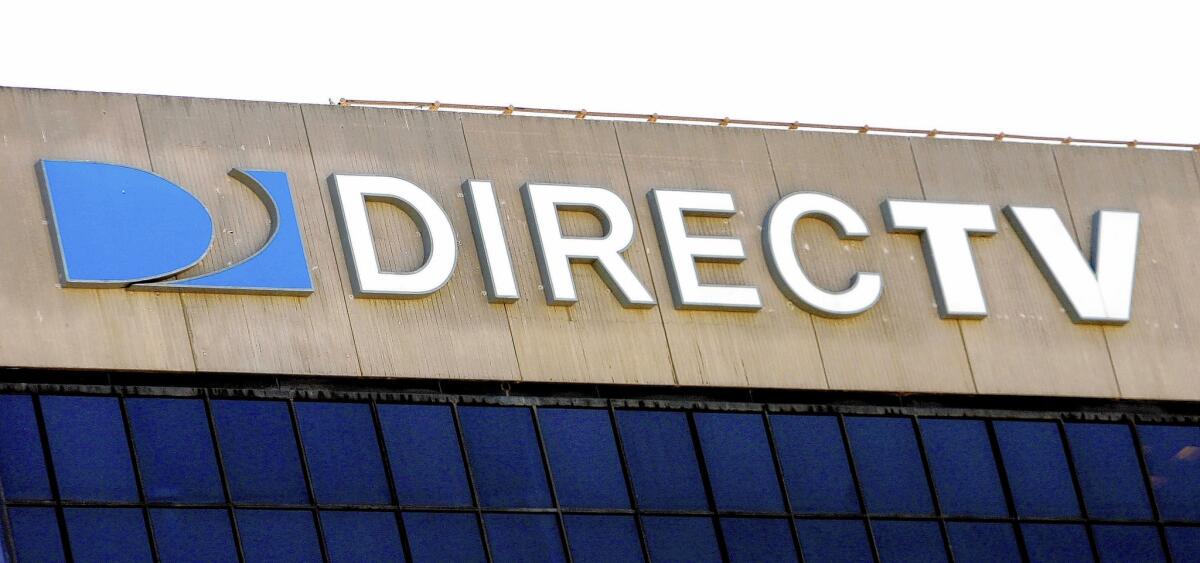
“There was a whiff of obsolescence in the air,” said veteran analyst Craig Moffett. “Sort of like ‘The Jetsons,’ getting television from a satellite seemed cute but archaic. Still, DirecTV was one of the most respected brands in America.”
AT&T was identified as a likely buyer. And the phone company, which already offered TV subscriptions under its U-Verse brand, jumped at buying the much larger DirecTV. Being the nation’s largest TV provider would give it leverage to negotiate lower programming costs. AT&T also figured it could make money by bundling its services.
Stephenson, in 2014, said acquiring DirecTV was “all about” providing customers with “choices for great video entertainment integrated with mobile and high-speed internet service.”
But AT&T also was hungry for cash to fund upgrades to its internet lines and pay hefty dividends to shareholders. DirecTV has generated $22 billion in cash flow since 2015, according to AT&T.
There was a whiff of obsolescence in the air.
— Veteran analyst Craig Moffett
“DirecTV is a very cash-positive business, and that has helped us to invest in fiber and developing the future services including HBO Max and AT&T TV,” Patel said.
The problem has been the steep fall-off in customers.
“They knew it was a declining business,” Moffett said. “But the surprise has been just the breathtaking pace at which it has unraveled.”
Indeed, cord-cutting accelerated faster than many TV executives anticipated. But Moffett and more than half a dozen current and former DirecTV employees who spoke with the Los Angeles Times said some of AT&T’s actions contributed to the decline.
Immediately after the acquisition, for example, AT&T began making cuts in DirecTV’s vaunted customer service operation, which ran centers in Idaho, Oklahoma and Alabama. AT&T folded the group into its “shared services” division. Offshore call centers in the Philippines and India also were tasked with diagnosing satellite TV issues and fielding questions about other AT&T products.
AT&T has defended the move, saying centralization is an efficient way to support its plethora of products.
But the change in ownership also led to a culture clash.
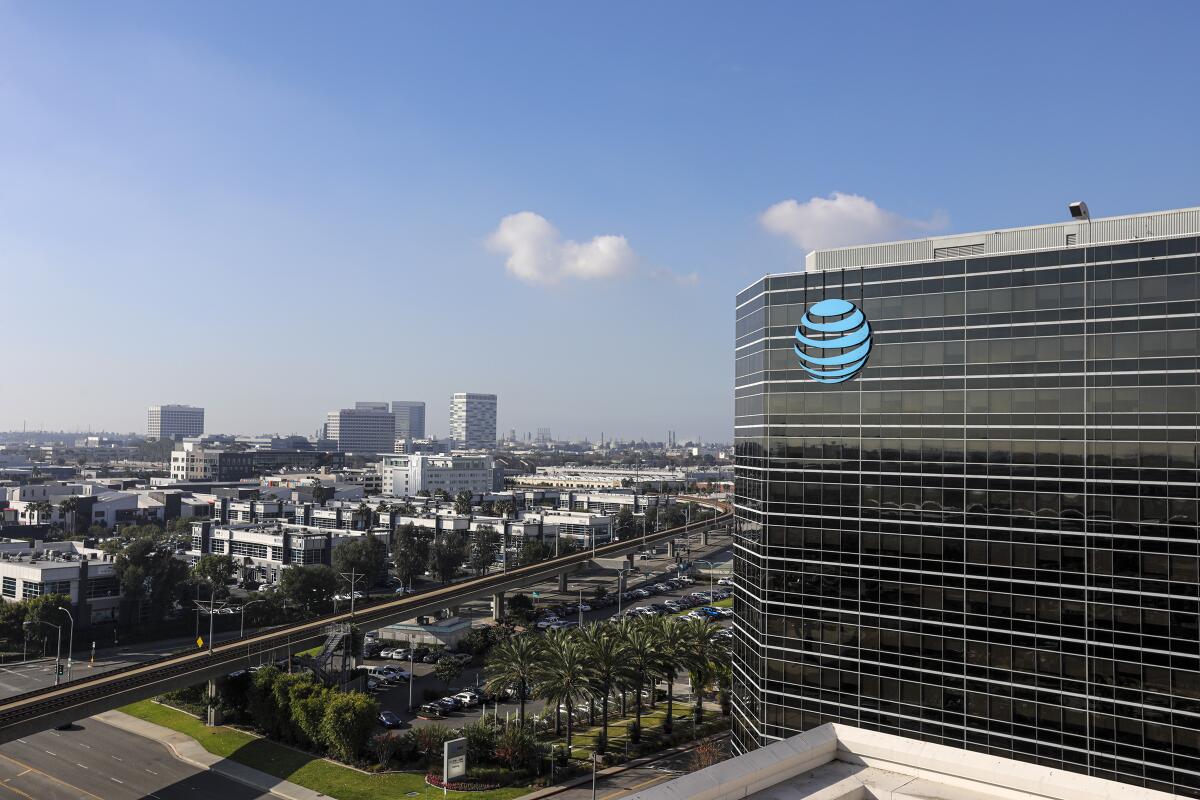
“When it was DirecTV, if you had a good idea, you could run it through the channels,” said a former executive who was not authorized to comment and requested anonymity. “But with AT&T, they expected you to stay in your place.”
Frequent reorganizations have left workers on edge.
“They treat people like they are widgets that can be replaced,” the former executive said, noting that the company calls laid-off workers “surplussed.”
After AT&T took over, nearly all of DirecTV’s high-level executives left with generous buyouts. “A lot of wisdom walked out the door,” Moffett said.
Resentments surfaced in November 2016 when employees were startled to find a hulking sculpture jutting out of the courtyard bricks at the El Segundo campus. Built out of hundreds of discarded cable TV set-top boxes, the statue formed the word “NOW.” AT&T wanted to celebrate the launch of its first streaming service, called DirecTV Now. But some interpreted the message that their work was viewed as irrelevant.
“It was a complete slap in the face,” said another former manager who declined to be named for fear of reprisals.
At the time, AT&T was scrambling to catch up to Dish’s Sling TV and to beat Hulu and YouTube into the market with a low-cost internet-delivered bundle of live TV channels. But AT&T’s solution misfired.
At just $35 a month, the price of the DirecTV Now service upset existing satellite TV customers who were paying well over $100 a month for the same channels. In addition, AT&T underestimated initial demand, according to a former executive who worked on the launch.
It failed to line up enough computer servers to handle all of the streams, so subscribers were abruptly logged off while watching TV. A shortage of customer service representatives contributed to long phone wait times and customer complaints. Elliott Management Corp., the activist shareholder, said the service was “poorly executed with delays, technical mishaps, weak customer service and usability issues.”
Patel defended the rush to market, saying the company gleaned valuable insights to improve its services.
“It was important for us to have a product in the [streaming channel] market space,” Patel said.
The fundamental problem was that DirecTV Now accelerated the decline of the lucrative pay-TV business, analysts said. Consumers weren’t required to sign contracts. And the $35-a-month subscription failed to cover costs.
“It was a price that neither they, nor anyone else, could make money,” Moffett said.
AT&T hiked its rate to $40 in 2018 and boosted it again last year. But with each price increase, more customers bailed. Last year, AT&T lost 674,000 subscribers to the service it now calls AT&T TV Now. It has 926,000 Now customers, down from a peak of 1.8 million.
Early on, AT&T also offered heavily discounted prices to new satellite TV customers, which boosted DirecTV’s totals — for a couple of years. However, most of those consumers fled when their introductory rates expired and they experienced “bill shock,” according to Colby Synesael, telecommunications analyst with Cowen & Co.
DirecTV, the satellite service, now has an estimated 16.3 million customers.
AT&T attributes much of its subscriber losses to the flight of those fickle subscribers. It told investors that DirecTV’s heaviest losses occurred last year, when promotional rates expired, and it has made gains in customer retention.
“My priorities are to ensure that we deliver a fantastic service to our loyal base of customers, and that we evolve our products and services,” Patel said.
Elliott Management’s scathing letter to AT&T in September questioned whether the right executives were in charge. The two sides subsequently reached a truce on a strategic plan, and Stephenson, the CEO, said he would stay through this year.
Elliott initially suggested selling DirecTV.
But there are no obvious buyers beyond rival Dish Network, analysts say. And those close to AT&T say federal antitrust rules would complicate or possibly prevent such a combination.
The key, Synesael said, is for AT&T to manage the transition to its upcoming internet video services, which the company plans to offer as a bundle. For now, he said, there are still profits to be plucked from DirecTV.
“The [satellite TV] product is in harvest mode,” Synesael said. “It will continue to decline and AT&T TV and HBO Max will be their primary vehicles for growth moving forward.”
For Patel, returning to DirecTV is a homecoming of sorts. The electrical engineer, who earned his MBA from UCLA, joined DirecTV in 2001 and helped build its sterling customer service division, then spent several years in sales and customer operations on AT&T’s mobile phone side.
Based in Dallas, Patel makes frequent visits to El Segundo, where part of his new team is based.
“Having been with the company a long time, I have a unique affinity and insight,” Patel said. He acknowledged the post-merger disruption, saying it can be difficult for some people to adapt.
“Change is hard for people,” he said.
More to Read
Inside the business of entertainment
The Wide Shot brings you news, analysis and insights on everything from streaming wars to production — and what it all means for the future.
You may occasionally receive promotional content from the Los Angeles Times.

